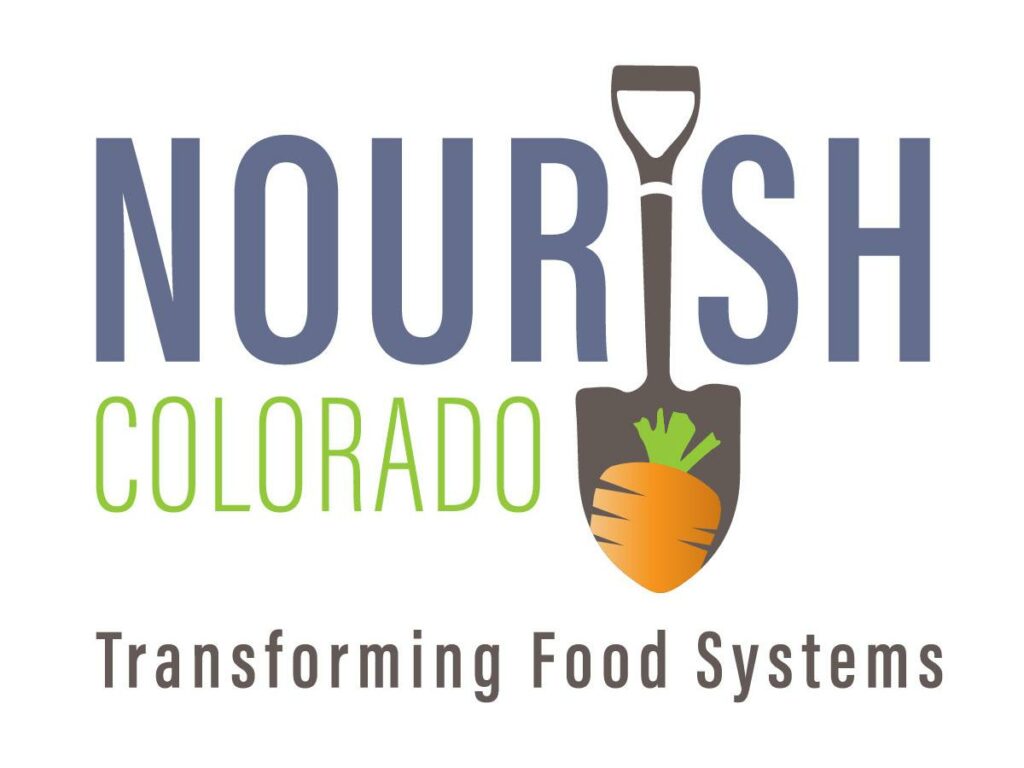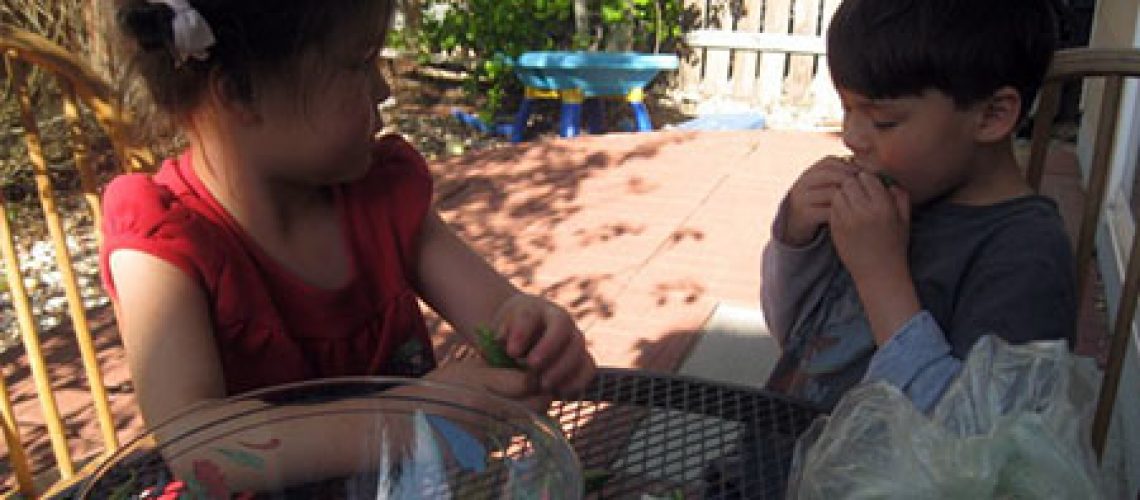When I speak to children about nutrition, I always begin with the same question: Where does your food come from?
You can tell a great deal about American food culture from the responses. Typically, the answer is something like, Food comes from the grocery store, or children will name a specific market where their family likes to shop. Occasionally, children will answer by telling me that it comes from a fast food restaurant, or they will produce a long list of quick service food establishments which supply the bulk of their daily nutrition.
It's easy to get enormously depressed about the disconnect between food production and the processed products that comprise much of the new American diet, but these reactions only make sense. There are miles and miles of fast food strips outside our doors. I watch parents substitute an apple or banana for a pouch of suckable fruit puree. "Homemade" meals are often really reheated packaged foods or the assembly of heavily processed ingredients from cans and boxes. Even "fresh" ingredients like meats arrive in sanitized Styrofoam trays neatly wrapped in cellophane. There's never any trace of origin, and the end products look vastly different from their early beginnings. To a child, chicken comes from a bin at the grocery store, and rice from the microwave. Salmon is a shrink-wrapped filet with no bones and no identifiable features. A cake could just as easily be fished from the ocean as assembled in the kitchen.
Why does it matter? Why do we need to educate children about the origins of their food? Simply, because we have more access to food than ever, but the food landscape of our country is dominated by a multi-billion dollar advertising industry that works to pack as many calories as possible into our children's foods, and to do it cheaply. Kids are less familiar with the foods that are the healthiest for them, like fruits and vegetables. By giving children a context for the foods they eat, we teach them to consume more variety. What's more exciting than watching a lettuce plant grow from a tiny seed, or eating a pea fresh from the pod? Hands-on experiences with food connect children to what they eat, and help them to understand that food isn't something to be consumed from a package and manipulated by our teeth, but that it's nourishment for their entire being.
Here are five simple steps to bridge the gap between the farm and the table:
1. Plant a garden.
If a child is given the opportunity to tend a garden, he or she will certainly want to sample the fruits of their labor. Think you don't have enough space? You would be amazed how much food you can grow in a small area. Square foot gardens and window box gardens can generate a lot of plants and are well suited to urban environments. You can find more information here: http://squarefootgardening.org/.
2. Pick your own produce.
If the thought of tending your own plot is too daunting, several Colorado farms offer families the opportunity to go on a farm tour and pick their own produce. You can choose from apple orchards and berry farms to farms that offer a wide array of different plants, and produce meat and honey on site, as well. To find a place near you, check out: http://www.pickyourown.org/CO.htm.
3. Join a CSA.
Community supported agriculture (CSA) is a great way to build a relationship with a local farmer. When you join a CSA, depending on the arrangement, you receive a fresh box of veggies and fruits straight from the farm each week. Many CSAs also include eggs, meats and flowers. You get the freshest local produce available, along with a food education. Often, you'll find things in your weekly offering with which you are unfamiliar, but CSAs commonly include new recipes and ideas for preparation. Find a farmer near you: http://coloradocsas.info/.
4. Go to the farmer's market.
Farmer's markets are a great way to connect small family farms with consumers. Kids have the opportunity to meet the people who grow their food, ask questions and examine what they eat. You can give your child their own cash, and let them participate in buying food. It's a great learning experience! Will they buy the first thing they see or think long and hard about their selection? Will they sample something new and different, or choose a familiar item? If you want to find a nearby market, go to: http://coloradofarmers.org/.
5. Commit to a week or a month without processed foods.
Any processed foods. Sound overwhelming? You'll be rewarded with the smell of warm bread baking in the oven, sweet cream butter you made in your own kitchen, the bite of basil from slow cooked marinara over freshly cut spaghetti. While you might, over time, substitute some processed ingredients back into your diet, you'll be amazed at the ease with which you prepare whole, fresh foods. Make your kids a part of the process, and you'll find they will gladly sample their efforts. If you want an easy starting point, making your own refrigerator pickles is a fun activity with young children: http://www.fullcircle.com/goodfoodlife/2012/09/15/how-to-make-refrigerator-pickles-at-home/.
Professional cyclist racing with Team Novo Nordisk, Becky is a mom of two and active proponent of better nutrition in schools who lives with her family in Longmont, Colo.
Photo: Becky's two kids, shelling (and sampling) peas for dinner

